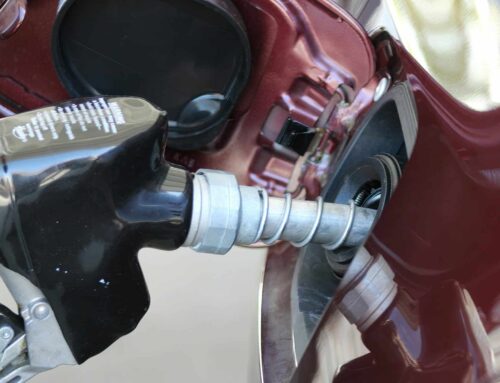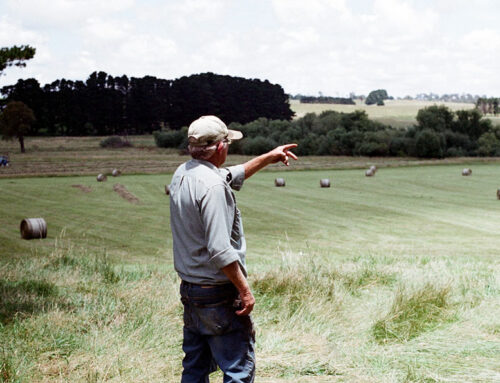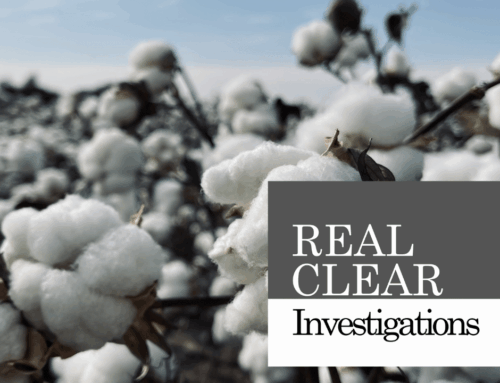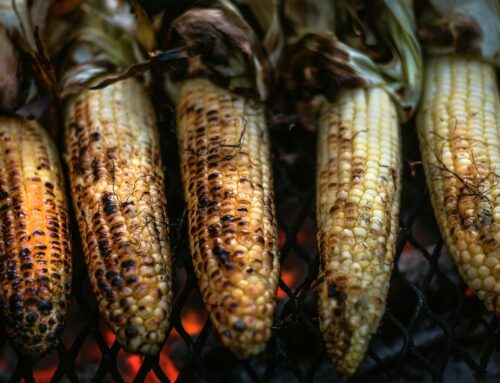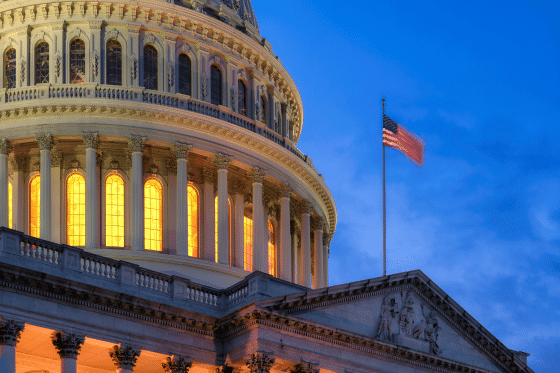The first Trump Administration recognized farm subsidy and federal crop insurance programs were in dire need of reform. The last year Trump was in office during his first term, fiscal year (FY) 2021, $43 billion in savings were proposed to federal farm commodity and crop insurance subsidy handouts. For FY26, President Trump’s budget request proposes precisely $0 in crop insurance savings at a time when farm subsidy spending is soaring. The FY26 Budget Request instead proposes to cut $6.7 billion in discretionary spending from programs such as conservation technical assistance.
The U.S. Department of Agriculture’s Economic Research Service (USDA-ERS) estimates federal payments to agriculture will total $42.4 billion in 2025 alone. The majority of this would be derived from ad hoc or supplemental “emergency” spending that is unbudgeted, unnecessary, and counterproductive. If realized, 2025 farm subsidies would nearly topple the record set in 2020 during the COVID-19 pandemic. Importantly, USDA-ERS’s estimate does not include unlimited and non-means-tested federal crop insurance subsidies, which are estimated to add another $12.4 billion in FY25.
By failing to propose spending cuts to inefficient and wasteful subsidy programs, Trump’s budget request disappoints. Especially since the first Trump Administration proposed an array of policy reform options that would have improved conditions for farmers and taxpayers alike.
Specifically, in his first term, President Trump proposed common sense reforms to agricultural programs in dire need of better means testing and annual subsidy caps. The federal crop insurance program currently has no means testing and no limitations on annual subsidies, meaning millionaires and billionaires reap taxpayer subsidies each and every year. Payment limitations and means testing in other farm subsidy programs—commodities, disaster, ad hoc “emergency” handouts, etc.—have been watered down in recent years. Meanwhile, nutrition assistance programs contain both asset tests, income tests, and payment limitations.
The FY25 reconciliation bill, enacted by the House of Representatives in May 2025, would similarly thumb a nose at fiscally responsible reforms. H.R. 1, if enacted, would roll back decades of progress on reining in taxpayer subsidies to individuals who do not need them. H.R. 1 proposes to increase government-set crop prices, spike already overly generous crop insurance subsidies, and increase annual handouts to large agricultural landowners by expanding payment limit loopholes. Taxpayers would increase spending on agribusinesses—many of them wealthy and financially profitable—by an estimated nearly $60 billion from FY25-34 while reducing spending on nutrition and agricultural conservation programs by $295 billion and $2 billion, respectively
For a summary of past President’s budget requests on farm subsidy and crop insurance policy reform, please see Tables 1 and 2 below.
| Table 1: Proposed Savings from Reforms to USDA Farm Subsidy Programs in President’s Budget Requests | |||||
| Proposed Reforms to Farm Safety Net Programs | Savings in FY2019 Budget Request | Savings in FY2020 Budget Request | Savings in FY2021 Budget Request | Savings in FY2022-FY2025 Budget Requests | Savings in FY2026 Budget Request |
| President | Trump | Trump | Trump | Biden | Trump |
| Limit subsidy eligibility to $500,000 Adjusted Gross Income (AGI), down from $900,000 currently | $1.125 billion for commodities, $724 million for crop insurance | $1.306 billion for commodities, $641 million for crop insurance | $1.306 billion for commodities (separate savings estimate from the federal crop insurance program) | None | None |
| Eliminate lower priority Farm Bill programs | $958 million | $936 million | $1.017 billion | None | None |
| Tighten commodity payment limits & close subsidy loopholes | $1.348 billion | $1.348 billion | $1.348 billion | None | None |
| Eliminate Livestock Forage program | $4.483 billion | $7.819 billion | $5.040 billion | None | None |
| Rescinding Ability to Collect Duplicative Assistance | N/A | N/A | $360 million | None | None |
| Total Proposed 10-Year Savings | $9 billion | $12 billion | $9 billion | None | None |
| Table 2: Proposed Savings from Federal Crop Insurance Program Reforms in President’s Budget Requests | |||||
| FY2015 Request | FY2017 Request | FY2021 Request | FY2022-23 Requests | FY2026 Request | |
| President | Obama | Obama | Trump | Biden | Trump |
| Reduce subsidy for private crop insurance company rate of return | $1.2 billion | Included in 2015 Bipartisan Budget Agreement but reversed in FAST Act ($3 billion) | $2.818 billion | Not Proposed | Not Proposed |
| Reduce A&O crop insurance company subsidies | $2.9 billion | Not Proposed | Not Proposed | Not Proposed | Not Proposed |
| Rescind crop insurance pilot program for wild salmon | $10 million | Not Proposed | Not Proposed | Not Proposed | Not Proposed |
| Decrease subsidy for catastrophic crop insurance policies | Not Proposed | Not Proposed | Not Proposed | Not Proposed | Not Proposed |
| Decrease subsidy for buying highly subsidized crop insurance policies | $3.8 billion | Not Proposed | Not Proposed | Not Proposed | Not Proposed |
| Decrease subsidy for buying crop insurance for producers who elect greater price protection (HPO) | $6.3 billion | $16.9 billion | Not Proposed | Not Proposed | Not Proposed |
| HPO subsidy reduction of 15% and across-the-board reduction (other than catastrophic crop insurance coverage) of 10% | Not Proposed | Not Proposed | $21.397 billion | Not Proposed | Not Proposed |
| Tighten the rules regarding payments for prevented plantings | Not Proposed | $1.1 billion | Not Proposed | Not Proposed | Not Proposed |
| Limit crop insurance eligibility to $500,000 AGI | Not Proposed | Not Proposed | $652 million | Not Proposed | Not Proposed |
| Eliminate the crop insurance 508(h) program | Not Proposed | Not Proposed | $120 million | Not Proposed | Not Proposed |
| Total Proposed 10-Year Savings | $14.2 billion | $18 billion | $25 billion | $0 | $0 |
Taxpayers deserve a federal farm safety net that promotes resilience—instead of dependence—on the federal government. Taxpayers—and farmers and ranchers alike—deserve a safety net that steps in during times of true need, not record levels of handouts when the overall farm economy is doing well. The President and Congress must go back to the drawing board and fashion a farm safety net that spends taxpayer dollars wisely instead of expanding the subsidy belts of individuals who do not need federal support, including individuals who have not stepped foot on a farm or ranch.
- Adobe Stock - Money growing on tree, USA currency dollar, cash crop, money tree, finance concept stock, investment, passive income, inheritance, loans, saving, money doesn't grow on trees by Brett


